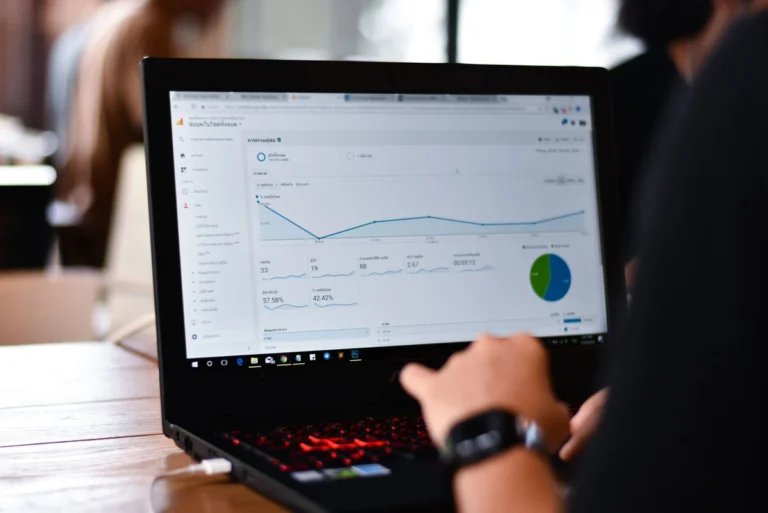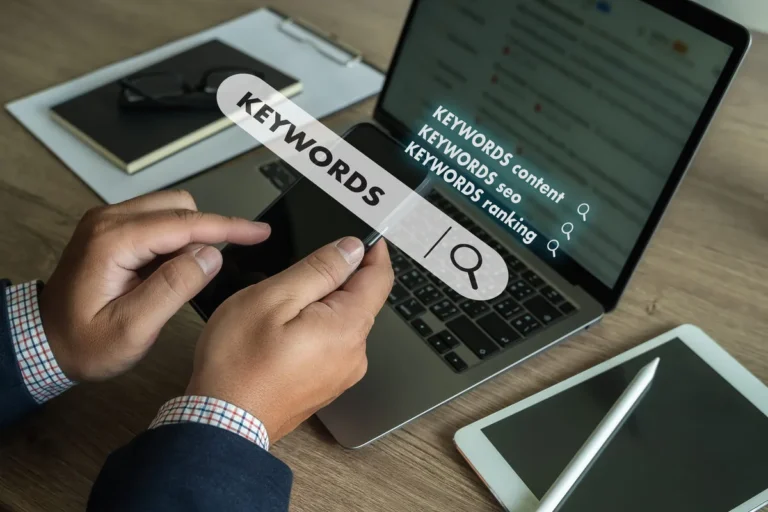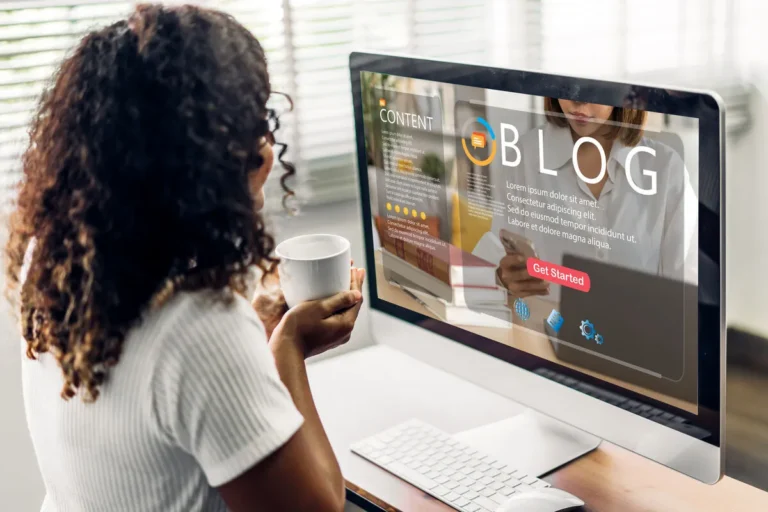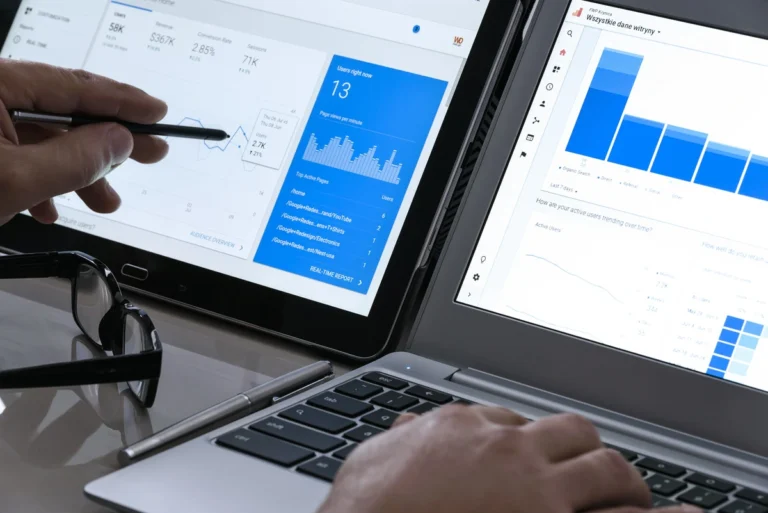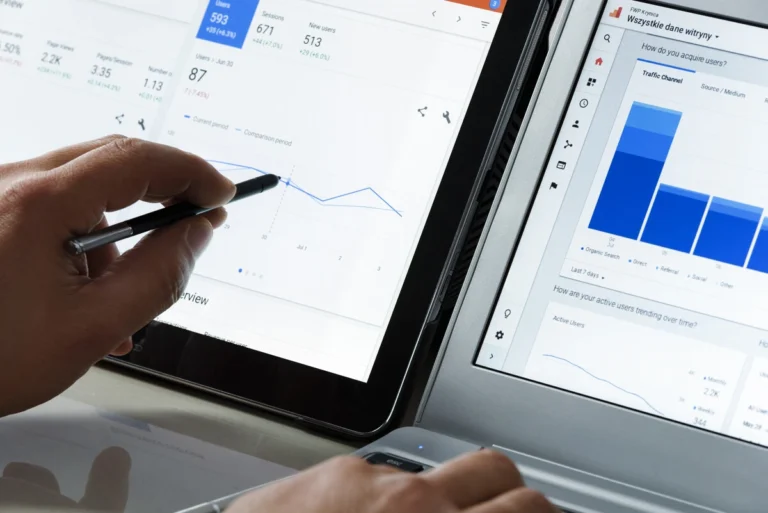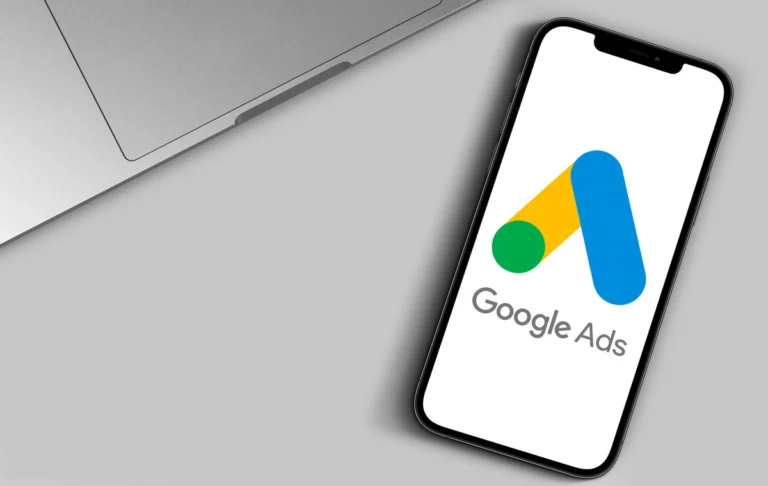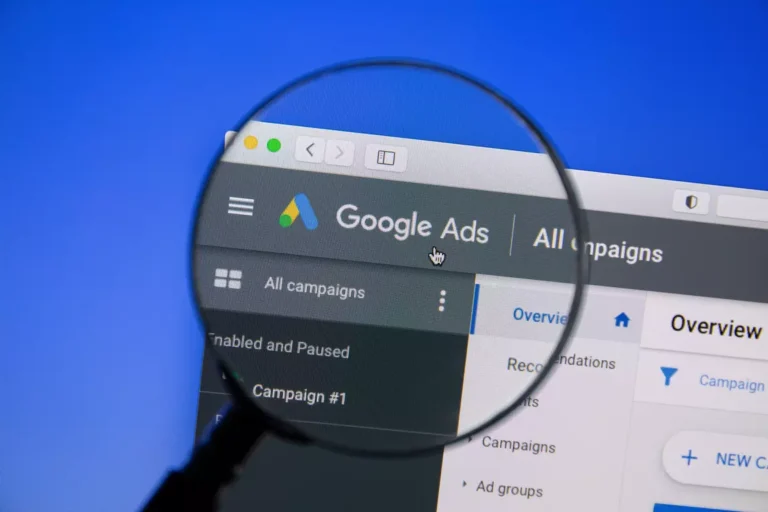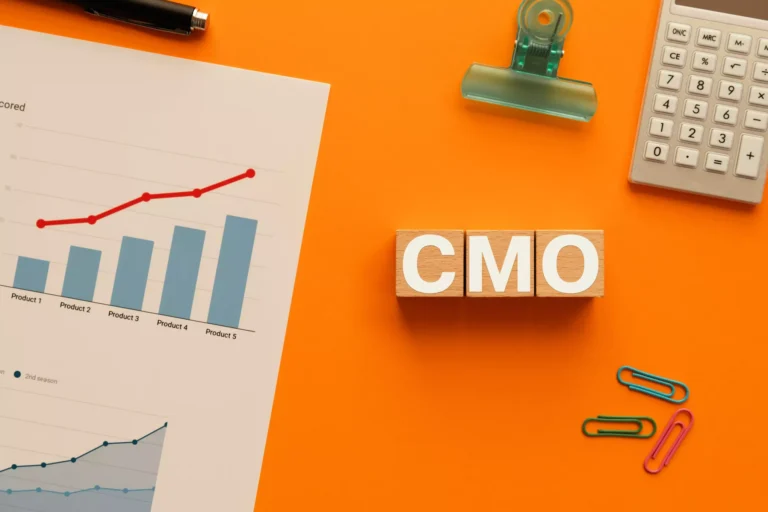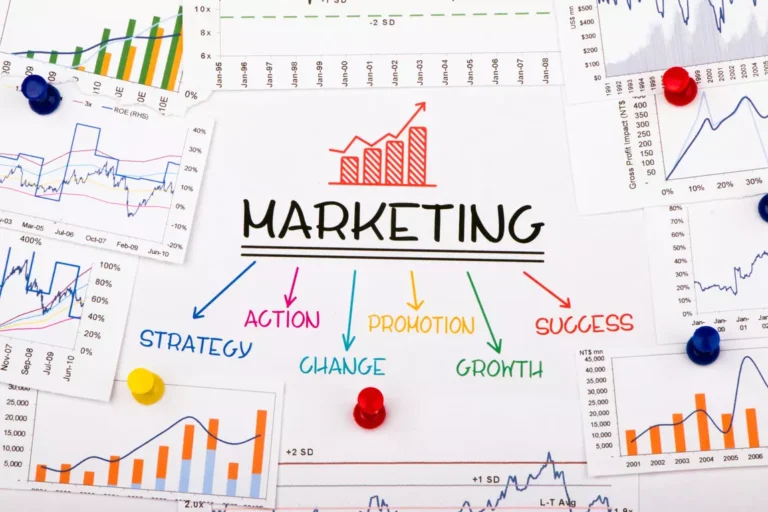Introduction to Internal Links
In the vast SEO optimization landscape, understanding internal links is crucial for establishing a strong online presence. Simply put, internal links are hyperlinks that point from one page on a domain to another page on the same domain. They are a fundamental part of a website’s infrastructure and serve two principal functions: helping users navigate the site and aiding search engines in understanding the site architecture.
Internal links play a significant role in SEO by distributing page authority and ranking potential across a website. When internal links are used effectively, they can significantly enhance a site’s ranking on search engines by ensuring that all pages get the attention they deserve. By connecting content throughout your site via strategic internal linking, you ensure that search engines can easily crawl and index your pages, making your site more accessible and authoritative in the eyes of search engines like Google.
Bohu Digital takes a meticulous and data-driven approach to internal linking. By analyzing website structure, user behavior, and search engine algorithms, Bohu Digital crafts linking strategies that optimize the flow of link equity and improve overall site visibility. Our team focuses on creating a seamless navigation experience for users while also ensuring that search engines can efficiently index site content, leading to enhanced search performance.
Can Too Many Internal Links Hurt SEO?
Yes, having too many internal links can negatively impact your SEO strategy. An excessive number of links on a page can lead to a dilution of page authority, making it challenging for search engines to understand the site’s most important content. It may also cause a poor user experience, as visitors could feel overwhelmed by the sheer amount of links, leading to increased bounce rates.
Search engines like Google have sophisticated algorithms to assess the relevance and authority of pages, and when a page is overstuffed with links, it might trigger red flags that suggest manipulation, impacting organic rankings. While linking is crucial for SEO, over-linking can be perceived as a manipulative tactic and could potentially attract penalties from search engines.
How to Avoid Over-Linking
To protect your website from potential penalties due to over-linking, it’s important to focus on quality over quantity. Ensuring that each link serves a purpose and provides value to the users is essential. A good rule of thumb is to use internal links sparingly – aim for contextually relevant links that complement the content and naturally integrate into the text.
Bohu Digital recommends conducting regular audits of your internal links to confirm that they remain relevant and valuable. Streamlining your linking strategy can help avoid cluttered and confusing paths for both search engines and users.
Bohu Digital’s Guidelines on Optimal Linking
Bohu Digital emphasizes the importance of maintaining a strategic balance in internal linking. We recommend utilizing internal links to highlight cornerstone content, which forms the foundation of your digital marketing strategy. These should be clear and designed to lead users seamlessly through their journey on your site, making it a more engaging and informative experience.
By collaborating with Bohu Digital, business owners and marketing professionals can implement an effective and efficient internal linking strategy that enhances SEO without the risk of over-linking. Our experts provide customized solutions that amplify your site’s navigation, user experience, and search engine performance.
How Many Links Are Good for SEO?
The ideal number of internal links for search engine optimization (SEO) varies based on the content and purpose of your webpage. Generally, it is recommended to maintain a balance where each page includes enough links to be valuable without overwhelming the reader or appearing spammy. Experts suggest keeping internal links per page around 50 to 100, ensuring they are relevant and enhance user experience. Bohu Digital advises businesses to prioritize quality over quantity, focusing on links that naturally fit within the content and guide the audience toward meaningful information.
Recommended Number of Internal Links per Page
The recommended number of internal links per page is contingent upon several factors such as the page length, complexity of the content, and the overall website architecture. A comprehensive yet concise approach would mean that every link serves a purpose, such as aiding navigation or reinforcing the topic of the page. For pages with extensive information, around 50 internal links can ensure that key points are adequately connected, helping users seamlessly explore relevant topics. Bohu Digital emphasizes contextual links that align with the content’s themes, avoiding unnecessary clutter.
Recommended Number of External Links Per Page
The number of external links should also be managed wisely. Typically, one to five external links per page can enrich content by directing users to authoritative sources for expanded learning or data verification. Bohu Digital advises careful selection of these links to reputable websites to improve credibility and SEO scores. External links should complement the topic and not divert attention unnecessarily, integrating them when truly beneficial for establishing authority or enhancing information clarity.
Examples from Bohu Digital
Bohu Digital has successfully implemented SEO strategies by maintaining an optimal balance of internal and external links. An example would be a blog post that has strategically interspersed internal links guiding readers to service-oriented pages or supplementary articles, while external links might highlight a study or data source. Such positioning not only helps search engines crawl the website more proficiently but also enhances user engagement by providing multiple avenues for information and service discovery.
How Many Internal Links per 1000 Words?
Determining the optimal number of internal links per 1000 words is crucial for effective SEO. While there’s no strict rule, a well-balanced strategy often recommends integrating around 3-5 internal links per 1000 words of content. This ensures that links are naturally embedded and enhances the reader’s experience without appearing forced or disruptive.
Guidelines Based on Content Length
The content length plays a significant role in the number of internal links you can use. For longer content, such as comprehensive guides or in-depth articles, you have more flexibility to incorporate numerous links while maintaining a smooth flow. Conversely, shorter posts or articles should focus on fewer, highly relevant links to avoid clutter. The key is prioritizing the quality and relevance of links over their sheer quantity.
Bohu Digital’s Internal Link Strategy
At Bohu Digital, the strategy revolves around creating a seamless connection between related content across a website. This not only aids search engines in understanding the site’s structure but also significantly enhances user experience by guiding readers to related content. Our approach includes strategic placement of internal links, ensuring that each link adds value and directs users to genuinely related content.
Balance Between Content and Linking
Achieving the right balance between content and linking is essential. Excessive linking can detract from the user experience and potentially dilute the value of each link. Bohu Digital emphasizes a balanced approach by integrating internal links that complement the narrative of the content. We recommend that every internal link should serve a purpose—whether it’s to provide additional information, suggest related content, or facilitate navigation.
Internal Links vs. External Links
Understanding the differences between internal links and external links is crucial for developing an effective SEO strategy. Both types of links serve unique purposes: internal links help users navigate within your site, while external links connect your site to other valuable resources on the web. Business owners and marketing professionals can maximize SEO benefits by leveraging both link types wisely, ensuring a balance that strengthens site authority and enhances user experience.
How many external links per page in SEO?
The optimal number of external links depends on various factors, including site authority and content relevance. Generally, maintaining a balanced number of external links per page is suggested, as too many can dilute page authority and potentially confuse the reader. Bohu Digital recommends evaluating the quality and relevance of each external link to ensure it’s adding value to your content and enhancing the user experience.
Differences and Priorities: Unlike internal links, which connect different pages of the same website, external links lead visitors to other websites. Prioritizing these links can enhance content credibility and foster relationships with other businesses. However, it’s essential to manage external links carefully to prevent users from navigating away from your site too soon.
When to Use Internal vs. External Links: Internal links should be used to guide users through your website’s content seamlessly, enhancing the user journey and supporting website architecture. External links, on the other hand, should be utilized to back up claims, refer to authoritative sources, or connect with complementary content. The key is to use both types strategically to improve user engagement and SEO performance.
Bohu Digital’s Strategy on Linking: Bohu Digital emphasizes a strategic approach, focusing on meaningful connectivity. The firm’s linking strategy is centered on quality over quantity, ensuring each link serves a clear purpose, is relevant to the content, and enhances the user experience. By aligning linking practices with these guidelines, businesses can optimize SEO results while maintaining a user-friendly site environment.
Types of Internal Links and Best Practices
When it comes to internal linking, understanding the various types of internal links and implementing best practices can significantly enhance your website’s SEO performance. Internal links are essentially pathways that connect different pages within your website, guiding users and search engines alike. They play a pivotal role in defining site architecture and boosting page authority by dispersing link equity throughout the pages.
Different Types of Internal Links
First, let’s discuss the different types of internal links. Among them are navigational links, which include menu and footer links that help users traverse the site structure efficiently. Contextual links, another category, are embedded within your content to connect related pages and offer additional value. Additionally, breadcrumb links aid user navigation by showing their current path in relation to the site’s structure. Lastly, sidebar and footer links serve as supplementary navigation aids, linking to popular or recent content.
Best Practices for Effective Internal Linking
Implementing internal linking best practices is crucial for driving optimal results. Firstly, ensure your anchor text is descriptive and relevant to the linked page’s content, enhancing both user experience and SEO. Secondly, maintain a logical structure by focusing on linking higher authority pages to those you aim to boost. Regularly audit your internal links to update broken or redirected links, ensuring a seamless user journey. Finally, while linking, prioritize relevant pages over sheer quantity, fostering a meaningful and user-friendly web experience.
Real-world Examples from Bohu Digital
Bohu Digital’s approach to internal linking provides valuable insights into practical applications. Utilizing a balanced mix of contextual and navigational links, Bohu Digital maintains an organized and user-centric site structure. For example, their blog posts often include relevant contextual links that direct readers to additional resources, enhancing value and engagement. Their fastidious internal link audits ensure that all links remain functional and contribute to a coherent user experience. By adhering to these tactics, Bohu Digital exemplifies how methodical internal linking bolsters SEO and drives site traffic.
Conclusion
In conclusion, implementing internal linking best practices is essential for optimizing your website’s SEO. Internal links are not only a key factor in guiding users through your website and steering them toward the desired action, but they are also pivotal in enhancing the authority of your pages. By establishing a strategic network of internal links, you ensure that your site ranks higher on search engine results and offers a better user experience.
A robust internal links SEO strategy involves balancing the quantity and quality of such links, ensuring you aren’t over-linking while maximizing relevancy. Internal links should seamlessly integrate within your content to naturally guide the user and bolster your SEO efforts. It’s important to review and update your internal linking structure regularly to adapt to changing content and SEO algorithms.
At Bohu Digital, we specialize in crafting personalized internal linking strategies tailored to enhance SEO performance. We understand the intricacies of both content and technical SEO aspects, providing our clients with expert insights to make informed decisions that drive results.
Transform your digital presence with a well-optimized internal linking strategy brought to you by Bohu Digital. Our innovative techniques and a clear focus on growth enable us to deliver high-impact results and ensure that your SEO efforts are effective and continually yield positive outcomes. Contact Bohu Digital today!







